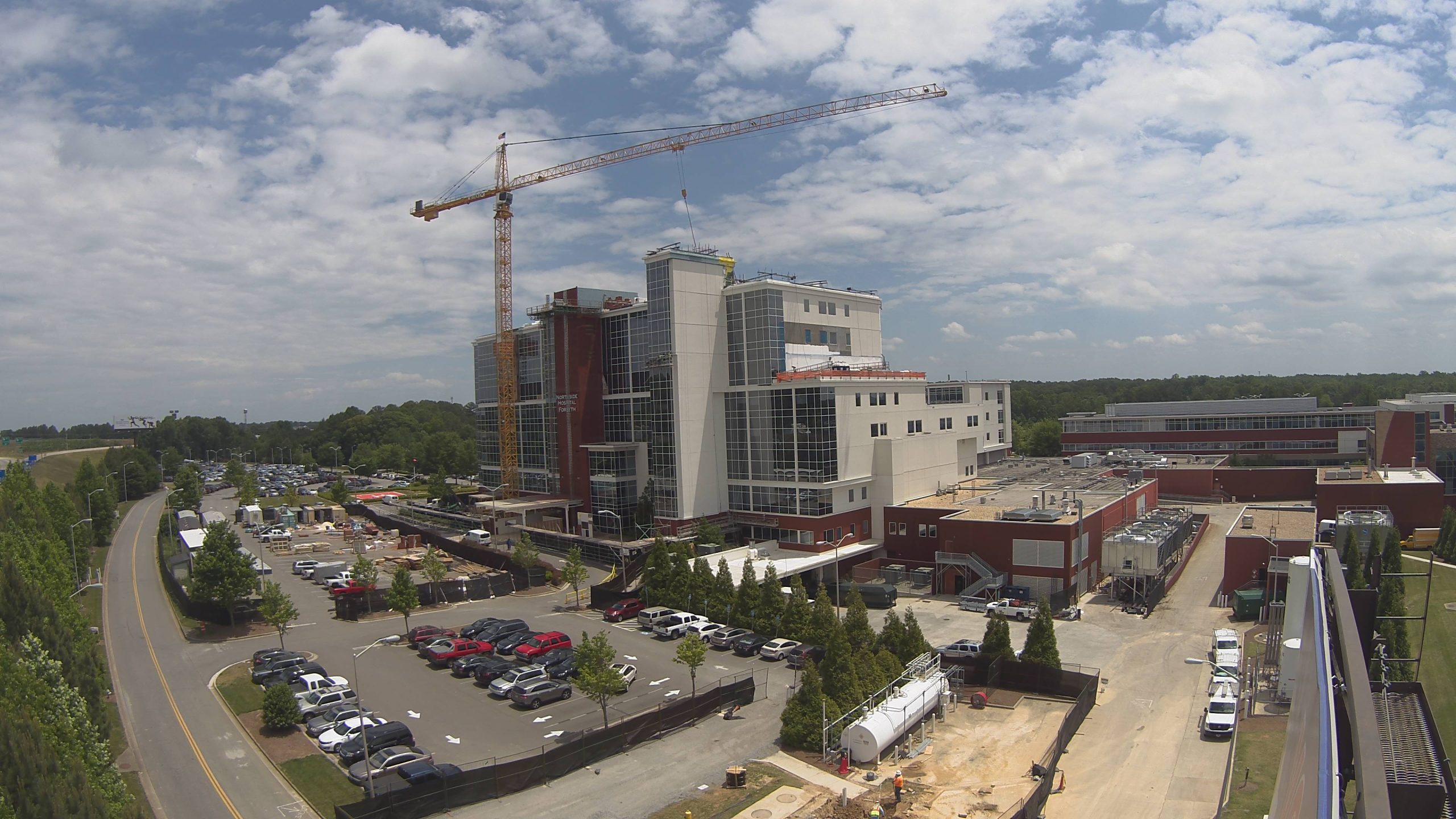Live streaming video has become more popular than ever as a marketing vehicle across industries with applications like Facebook Live, Snapchat, Meerkat and Periscope gaining momentum. According to Facebook, Facebook Live videos are now watched three times longer than regular videos, and Cisco is projecting that by 2020, traffic from online videos will constitute over 80% of all consumer Internet traffic.
Today’s insta-information age has shown that people increasingly enjoy tuning into live events, giving live-streaming and time-lapse construction cameras a new venue for showcasing projects to clients and even the general public.

- Who is your audience? Deciding who to target and how to target should be top of mind before you broadcast your cameras to a larger audience. Will you run a live-stream of your project on the company’s website? Will you make access to the cameras available to a select audience like your Board of Directors, your clients or your employees? Different audiences require different messaging, and your goals for sharing this content should be clear and trackable. (Contractors, check out Use a Construction Camera for Marketing for tips on how to market your proposal process).
Here’s an example. A growing eco-friendly technology company in Raleigh, NC decides to move their headquarters from the tech-friendly Research Triangle to a large multi-purpose campus in the more cost-friendly town of Wake Forest. Construction on the site would last over a year, and the announcement spurs almost immediate rumblings of dissatisfaction with employees over the location, longer commute times, etc. To alleviate the possible concerns, management makes the move to embed live-streaming and time-lapse video, as well as drone photographs of the project as it progresses into the company’s intranet homepage.
Employees could then watch in real-time as the building is erected and completed, and this generates curiosity, conversation and questions that lead to positive momentum and high employee engagement. The use of construction cameras in this example gave the company’s audience a sense of involvement and excitement, and prepared them for the change over time.
- What’s the buzz? Does your company or your project have a following? Is there buzz in the media about your project that you would want to capitalize on, ranging from fueling more positive news coverage to educating the press on sensitive community issues? Your reasons for broadcasting your camera feed will vary based on the impact you wish to make, but a good rule of thumb is to make sure your purpose is topical, timely and newsworthy.
- What kind of data do you want to share? Like targeting an audience, you should determine what type of content you want to share, whether that’s different types of video views, photographs, angles and even web traffic analytics if available. Also, is there a call to action once the user has accessed this data? Do you want them to leave comments, be able to submit questions or suggestions, or otherwise engage with you?
- What are the risks? With sharing any data, you must consider potential risks. If you’re sharing access of your project externally, that means your customers as well as your competitors can monitor your progress.
Used purposefully, your construction cameras can be a valuable marketing source if you are looking to promote your project on an internal or external scale.

